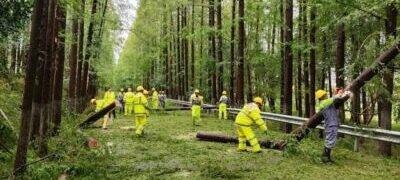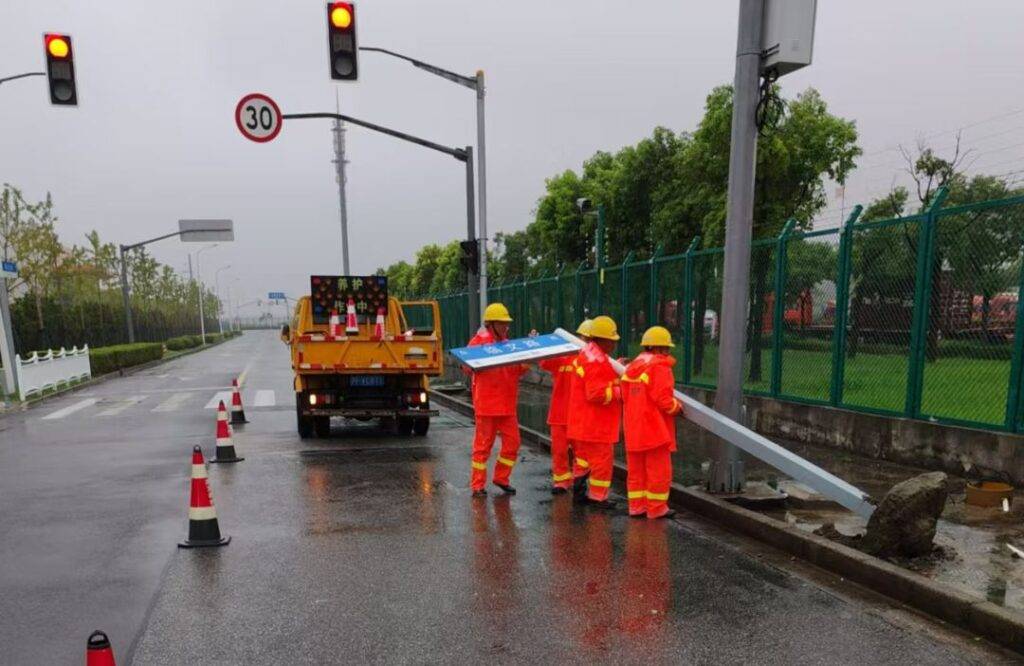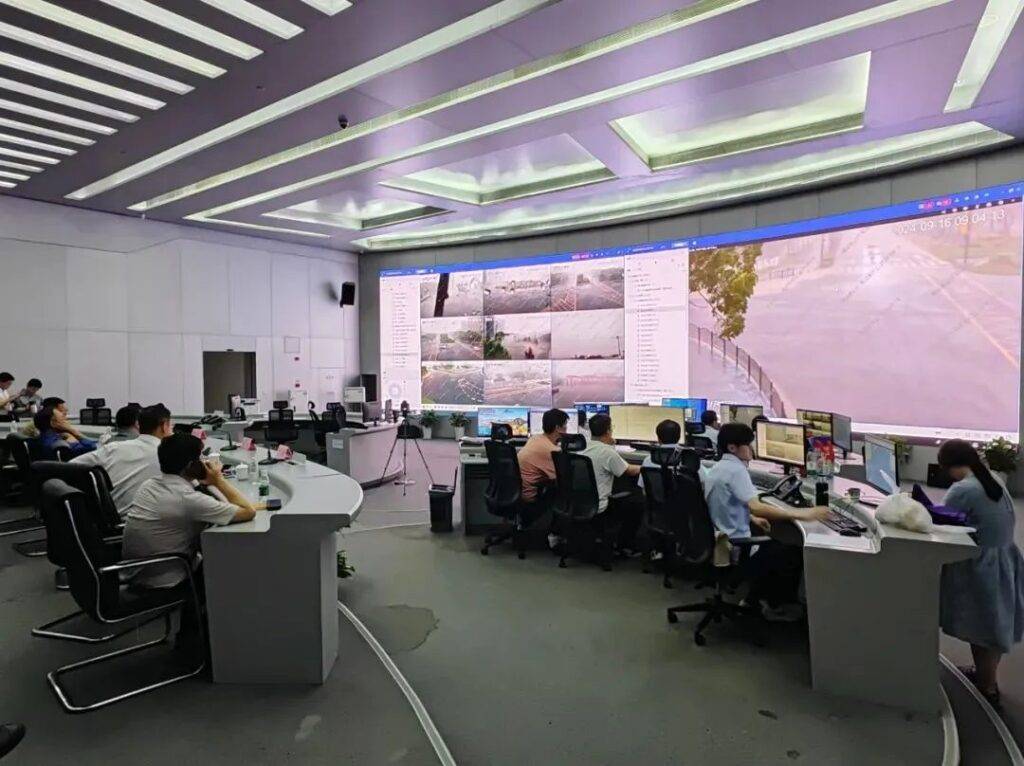
In the wake of Typhoon Bebinca, Shanghai is gradually returning to normalcy. The powerful storm, which recently swept through the city, caused significant disruptions.
However, the resilience and efficiency of Shanghai’s public services have been commendable, ensuring a swift recovery.
This blog post delves into the aftermath of Typhoon Bebinca, highlighting the efforts to restore public services and the community’s response.
Typhoon Bebinca’s Impact on Shanghai

Typhoon Bebinca, one of the most powerful storms to hit Shanghai in recent years, brought with it torrential rains and strong winds. The storm caused widespread damage, including uprooted trees, power outages, and disruptions to transportation. The city’s infrastructure faced a significant test, with public services being temporarily halted to ensure safety.
Restoration of Public Transportation
One of the first signs of recovery was the resumption of public transportation. By Monday afternoon, as Typhoon Bebinca moved away from the city, Shanghai’s public transportation services began to resume.
Both Pudong and Hongqiao airports reopened around 2 PM, with the first inbound flights arriving shortly after. Shuttle bus services to the airports also resumed, providing much-needed connectivity for travelers.
The city’s Metro services, which had been partially suspended, also began to operate again. Elevated parts of lines 2, 7, 8, and 9, as well as the Pujiang Line and the maglev, were among the first to resume operations.
This swift action helped alleviate the inconvenience faced by commuters and ensured that essential travel could continue.
Cleanup Efforts Across the City

The aftermath of Typhoon Bebinca left Shanghai’s streets littered with debris and fallen trees. The Shanghai Greenery and Public Sanitation Bureau reported that approximately 2,500 fallen trees had been cleared by noon on Monday. About 130,000 sanitation workers were mobilized to clean up the city, covering around 6,700 streets and removing approximately 2,600 tons of trash.
These efforts were crucial in restoring normalcy to the city’s daily life. The dedication and hard work of the sanitation workers played a significant role in ensuring that the streets were safe and clean for residents.
Community Response and Resilience
The community’s response to Typhoon Bebinca was marked by resilience and solidarity. Residents followed safety guidelines, staying indoors during the storm and cooperating with authorities during the cleanup process. The swift resumption of public services was a testament to the city’s preparedness and the efficiency of its emergency response teams.
Local businesses also played a part in the recovery efforts. Many businesses reopened quickly, providing essential services to residents. The sense of community and mutual support was evident as neighbors helped each other clear debris and check on vulnerable members of the community.
Challenges and Lessons Learned
While the response to Typhoon Bebinca was largely successful, it also highlighted areas for improvement. The storm exposed vulnerabilities in the city’s infrastructure, particularly in terms of flood management and power supply. Addressing these issues will be crucial in enhancing Shanghai’s resilience to future storms.

Investments in infrastructure, such as improved drainage systems and more robust power grids, will be essential. Additionally, continued public education on emergency preparedness can help ensure that residents are better equipped to handle such events in the future.
Conclusion
The gradual resumption of public services in Shanghai after Typhoon Bebinca is a testament to the city’s resilience and efficient response mechanisms. The collaborative efforts of public service workers, emergency responders, and the community have been instrumental in restoring normalcy.
As Shanghai continues to recover, the lessons learned from this experience will undoubtedly contribute to a more resilient and prepared city in the face of future challenges.
Shanghai’s recovery from Typhoon Bebinca serves as a reminder of the importance of community, preparedness, and efficient public services. The city’s ability to bounce back quickly is a source of inspiration and a model for other cities facing similar challenges.


